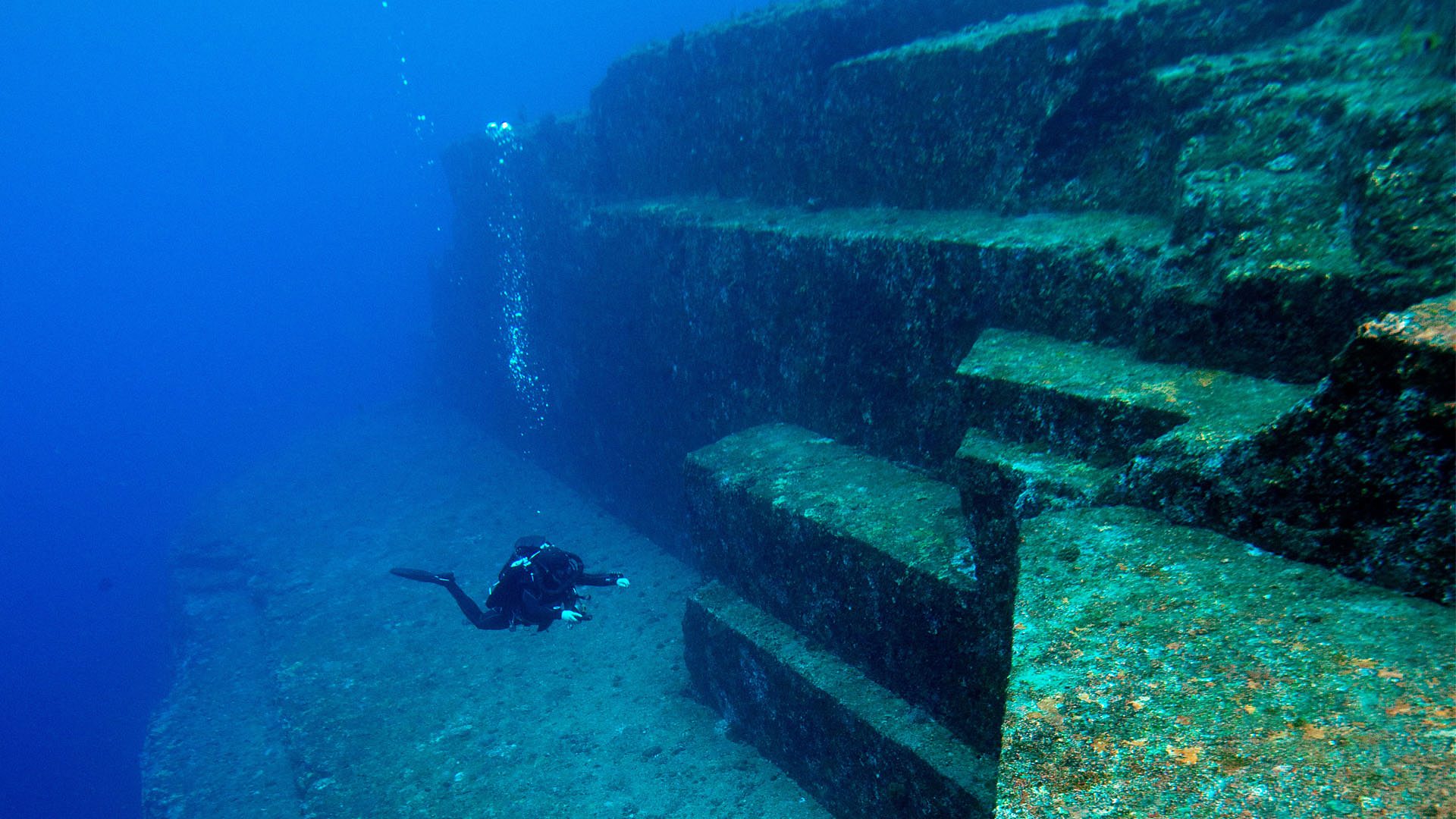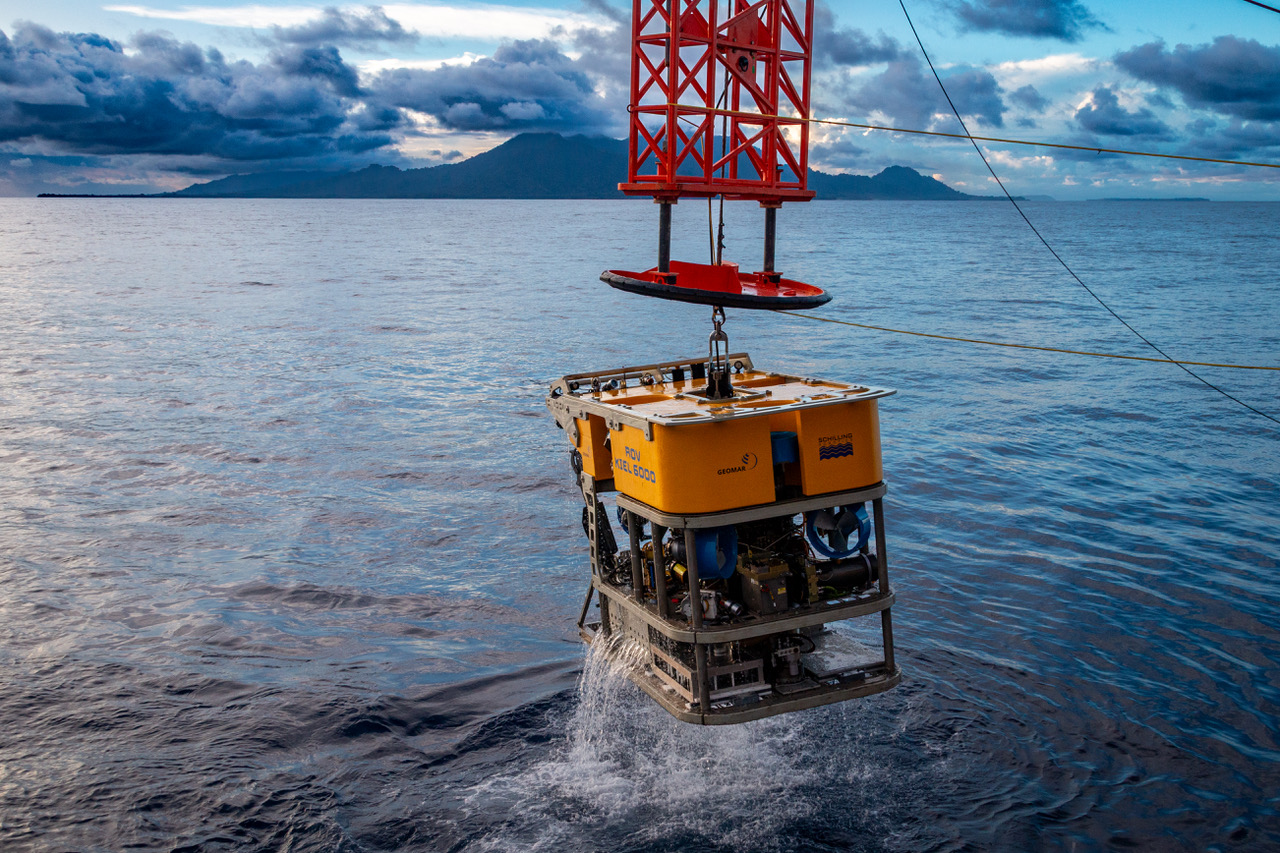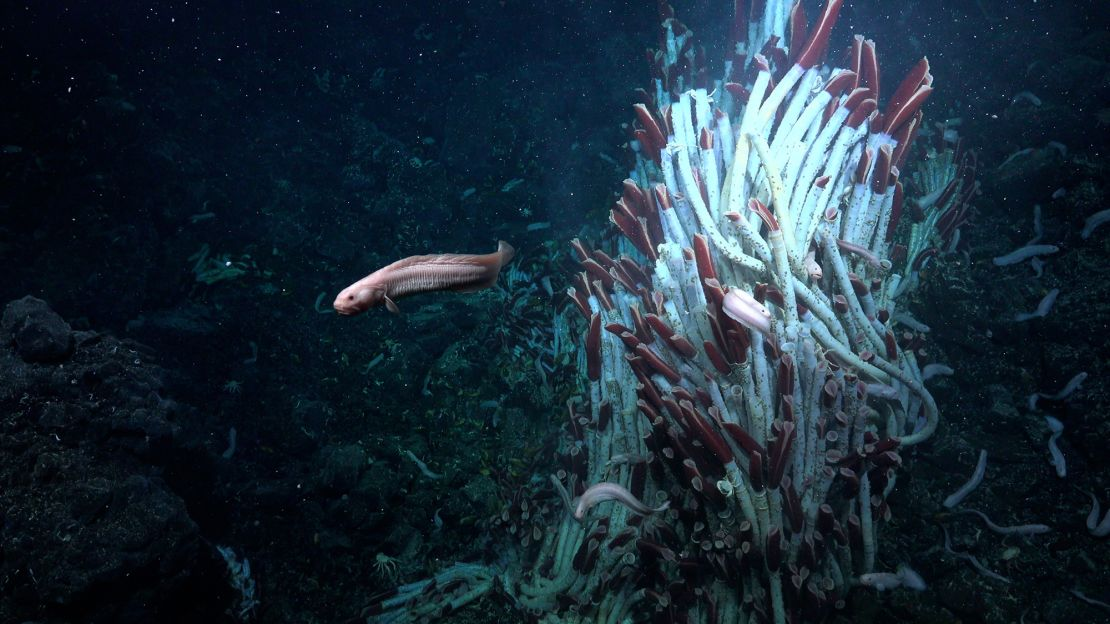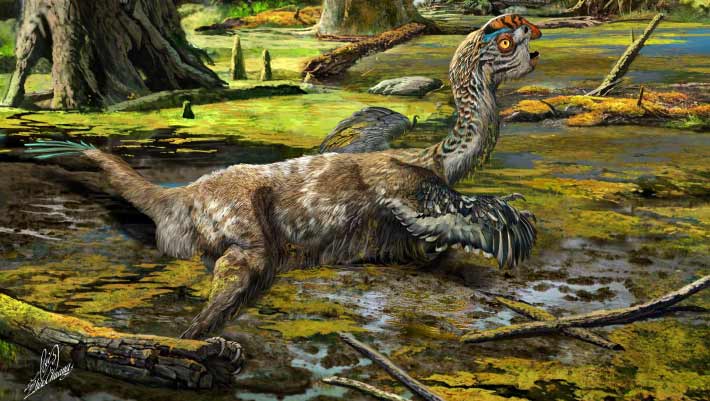Off the coast of Yonaguni, Japan, lies one of the most intriguing and controversial underwater formations ever discovered—the Yonaguni Monument. Found in 1986 by a local diver, this massive submerged structure features flat terraces, sharp right angles, and what some claim to be staircases and pillars. Located roughly 25 meters beneath the surface, it has ignited global debate: is it a naturally eroded rock formation or the remains of an ancient civilization lost to time and tide?
Marine geologists like Masaaki Kimura argue that the monument shows signs of human modification, possibly dating back over 10,000 years—far older than the Egyptian pyramids. Supporters of this theory point to stone carvings, what appears to be a large archway, and strategic alignments resembling other ancient temples in Asia. However, skeptics maintain that these features can be explained by tectonic activity and natural erosion, noting similar formations around the world. The lack of artifacts and definitive cultural context keeps the monument shrouded in mystery.
Regardless of its origin, the Yonaguni Monument continues to captivate scientists, divers, and explorers alike. Its discovery underscores the vast unknowns that lie beneath our oceans and the need for interdisciplinary exploration—combining archaeology, geology, and marine science. As underwater technology improves, future expeditions may yet uncover evidence to tilt the balance of the debate, potentially rewriting the narrative of early human history in the Pacific.




